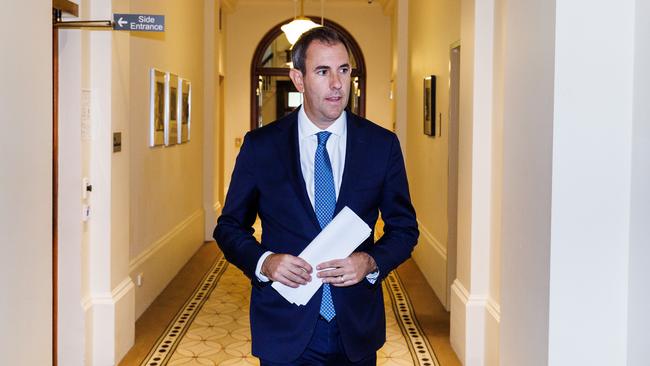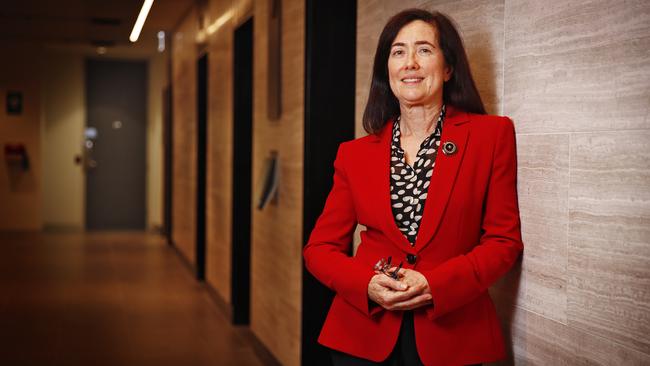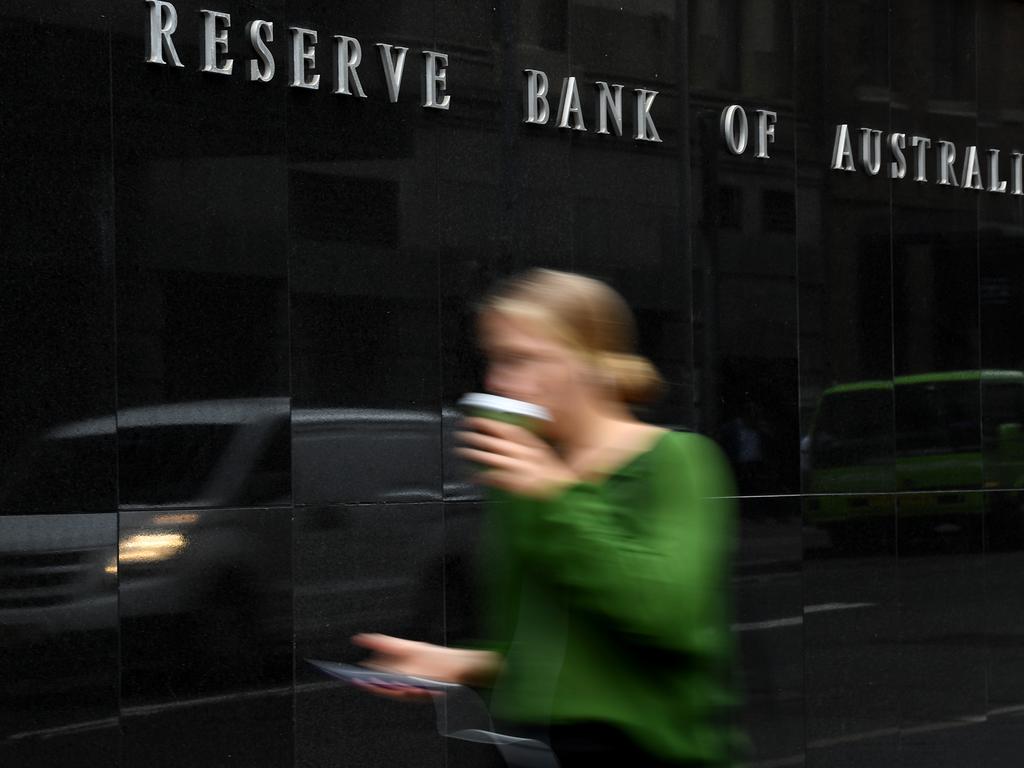
The latest lift to the cash rate means the gap between what the banks pay for money on deposits and what they charge on home loans is now completely out of line.
The 0.25 basis point rate change to 3.35 per cent means that most savers keeping their money in “at call” deposit accounts paying close to zero per cent are being short changed even more severely.
At its worst, regular savers – and older investors – are subsiding a very profitable banking system where less than half of official rate rises ever get passed on to depositors.
Indeed, the conditions for the banks are so perfect that Commonwealth Bank, the largest of the big four, has recently hit a record high on the sharemarket.

At the heart of bank profits are bank margins, which broadly represent this gap between what is paid out and what is charged on loans.
CBA, which is due to report its results next week, is widely expected to announce a rise in margins of about 13 per cent – and that’s before this week’s rate rise.
Bank margins are the easiest way for a bank to lift profits; there is no need to innovate and no need to be more competitive, the rewards come solely from engineering commercial rate prices.
Once margins – specifically net interest margins – are moving in the right direction, other revenue lines such as fee income are the icing on the cake.
The question now is whether this latest rise is the straw that breaks the camel’s back.
Federal Treasurer Jim Chalmers is running an openly interventionist government and the banks will be testing his patience. Separately, cabinet minister Bill Shorten also voiced clear concerns this week on whether the Reserve Bank was doing the right thing with its current rate policy.
Indeed, the issue of banks holding back deposit rate increases is an international theme. In the UK, where leading banks such as Barclays are under fire for not lifting deposit rates, the conservative government’s Treasury select committee is also examining the issue.
Emboldened by a regime that is willing to change the game for big companies – in gas prices, for example – our regulators are also on standby.

The Australian Competition and Consumer Commission, under Gina Cass-Gottlieb, is already running a new investigation into bank deposit pricing.
Surely, the ACCC investigation will notice the spread of fake “at call rates”, where the banks offer low rates but the deals are linked with a string of conditions, such as making set deposits each month. No doubt the regulator will also note the penalties for breaking these conditions can be onerous.
While we wait to see whether the regulator gets anywhere, the end result is that the consumer is baffled over bank deposit rates as it is very difficult to find which rates are genuine and which are poorly disguised marketing stunts.
In fact, investors looking to deposit large amounts of cash are now using financial advisers to navigate the market and find genuine at-call rates without conditions attached.
As the banks make hay from the deposit side of the book simply by not passing on official rate increases, the same banks very quickly layer official rate hikes on to their mortgage pricing.

The full pricing of mortgage rates means that this week’s 0.25 percentage point change to 3.35 per cent also feeds into the so-called “mortgage cliff”. The term refers to an estimated 800,000 fixed-rate loans that were arranged when rates were much lower and will terminate this year.
These borrowers will immediately be hit with higher rates, whether they go on variable or new fixed arrangements in the months to come.
As The Australian has reported, the official interest rate is at its highest since 2012, but household debt servicing costs are at their highest since 2008.
According to investment bank Jarden, mortgage interest payments will ultimately double as the household debt service ratio jumps to 18 per cent. Jarden assumes there will be two more rate rises to go before the RBA finishes its rate-lifting cycle.
Nothing in Tuesday’s statement from the Central Bank would seem to dispute that calculation.






Australia’s big banks are now on a collision course with the government over deposit rates.